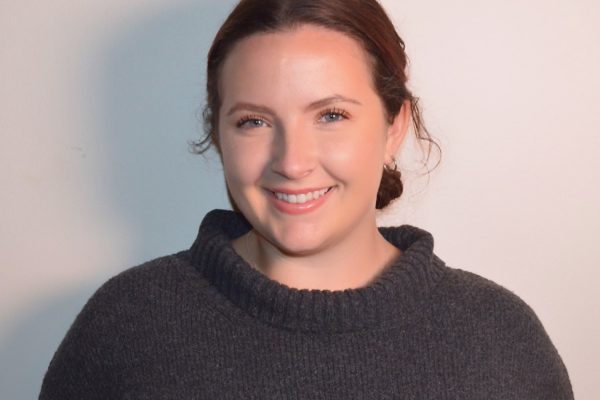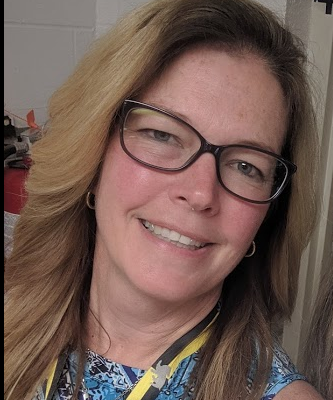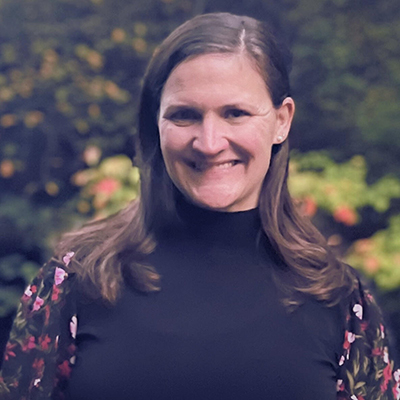Original post in Education Week’s Global Education blog, January 9, 2018
by Cathy Collins
Bringing the world into the classroom has never been faster or easier for educators and students. Technology provides vital tools for deep, “4Cs” learning. There is no denying that today’s students are motivated by technology. Digital devices offer valid, stamped passports to the world. Used purposefully, digital tools and technologies offer students meaningful, “in the moment” connections to people, places, and issues far beyond their own neighborhood.
At the annual MassCUE (Massachusetts Computer Using Educators) Fall Conference in October, students demonstrate how they are becoming passionately engaged in real-world problem solving through global collaborative projects. Their projects incorporate technology to address issues ranging from water quality to windmill power, bridge building, women’s education, and more. Students take the lead in sharing about their work, thereby highlighting the role of student voice and student choice in learning.
Global collaboration projects, which allow students to work with peers across geographical boundaries, aren’t just interesting, engaging, and fun. They also address several of the ISTE Standards for Students, including “Digital Citizen,” “Global Collaborator,” and “Empowered Learner.” A wide range of global education projects are demonstrated during the MassCUE Global Ed and “CUE Kids” student showcases. The following represents a small sampling:
Global Collaboration Project Examples
Middle school students from the Acera School in Winchester, Massachusetts, presented an interactive electronic quilt that expresses their individual and collective explorations of identity. The quilt is a work of community art and sculpture that engages audiences not just visually, but also with lights and sounds. Students showcased how they first explored China through the transmedia (multi-format) curriculum, “Touching Home in China,” and how they then designed and made the quilt as an extension of the project-based curriculum. Along with sharing their learnings about China, gender, identity, race, population policy, and multicultural America, they shared how they learned about circuits, micro controllers, programming and digital storytelling; and how they connected those STEAM skills to investigation and exploration of their own origin stories and identities.
Similarly, students from Sharon Public Schools in Massachusetts used technology as a connecting tool toward understanding another culture. Students first forged a relationship with the Zabuli Education Center in Afghanistan beginning in 2012. Their exploration began as an email exchange, and now consists of four to five video conferences a year. Beyond the video conferences, students have learned how to raise awareness of girls’ education, as well as advocate and fundraise on behalf of the students in Afghanistan. Through this connection, students in Sharon have recognized some of the similarities that exist between themselves and their peers in Afghanistan and become more understanding of the need for girls’ education in other parts of the world. They have also become more aware of their own advantages as they begin to leverage those advantages to help others. One student, Rachel, reflected, “I have presented many times in my four years…and today at the MassCUE Conference was by far the most meaningful presentation we have ever given. The room was full of educators—people who truly grasp the importance of education—and speaking with some of these people was amazing because we were able to share about everything we do and stand for as a club and were met with enthusiastic reactions and stories of other schools making a difference in the world.”
Boston Public Schools students demonstrated exemplars of engaging in real-world problems while addressing civic-engagement and social-justice issues. Their presentation highlighted projects from two different programs. Boston Public Schools Youth Voices Program is part of a global grant philanthropy program designed to provide youth in underserved communities with the critical skills they need to become active and engaged members of their communities and the world at large. BPS Youth Voices Project inspires, trains, and provides them with the technology to create original, thought-provoking media works on relationships, human rights, the environment, and other topics. Students identify an issue they care about, and express a point of view on that issue by creating original media content—from videos to essays, animation to music. The student team at MassCUE shared their original and thought-provoking visuals and film projects along with reflecting about their learning experiences. They also shared projects focused on computational thinking and computer science that were developed in collaboration with student leaders, educators, and members of community organizations.
Steps for Student Showcase Planning
 Although it may seem daunting to get started, a Global Education Student Showcase can easily be created on any scale, from the classroom level to a schoolwide, districtwide, or even a statewide event, such as the MassCUE Conference Global Ed and “CUE Kids” Student Showcases. The bigger the event, the bigger the planning committee needs to be. For instance, at MassCUE, I coordinate the Global Ed Student Showcase alongside another Board member, who coordinates the CUEKids. It takes many hard-workers to make each annual conference a success!
Although it may seem daunting to get started, a Global Education Student Showcase can easily be created on any scale, from the classroom level to a schoolwide, districtwide, or even a statewide event, such as the MassCUE Conference Global Ed and “CUE Kids” Student Showcases. The bigger the event, the bigger the planning committee needs to be. For instance, at MassCUE, I coordinate the Global Ed Student Showcase alongside another Board member, who coordinates the CUEKids. It takes many hard-workers to make each annual conference a success!
To get started, there are a few action steps that must be undertaken, beginning with the development of submission guidelines and an RFP to ensure there are quality projects to showcase. Work with partners to ensure the RFP is widely distributed. The actual event logistics such as event promotion, room requirements and technology needs for presentations, not to mention e-mailing of acceptance letters must all be taken care of in advance. Food is always appreciated and we arrange for student lunches as part of showcase day activities. The student presentation teams will also need ongoing words of encouragement, support, and guidance up to the day of the big event.
Based on feedback received through word of mouth, social media, and post-conference evaluations, the Student Showcases continue to have a powerful, positive, and lasting impact on student and educator participants, often inspiring them to broaden and deepen their work in global learning.
Connecting Students to the World: Educator Resource List
- ISTE’s PLNs, including Global Collaboration PLN (must join to access)
- How to Teach Any Class Through a Global Lens (informal Google Slides presentation with many links)
- Harvard, Project Zero and OECD: Preparing Our Youth for a Better World: OECD PISA Global Competence Framework
- Lucy Gray’s Global Ed Conference Resources (register first- free!)
- #Globaledchat: Every Thursday at 8pm Eastern time an international group of educators gathers on Twitter to discuss global education topics.
- A project of the U.S. State Department’s “The Collaboratory” is working to help coordinate virtual exchange opportunities for educators.
- List of helpful platforms and organizations for international collaboration projects.
Connect with Cathy and Heather on Twitter.
 Print this post
Print this post




